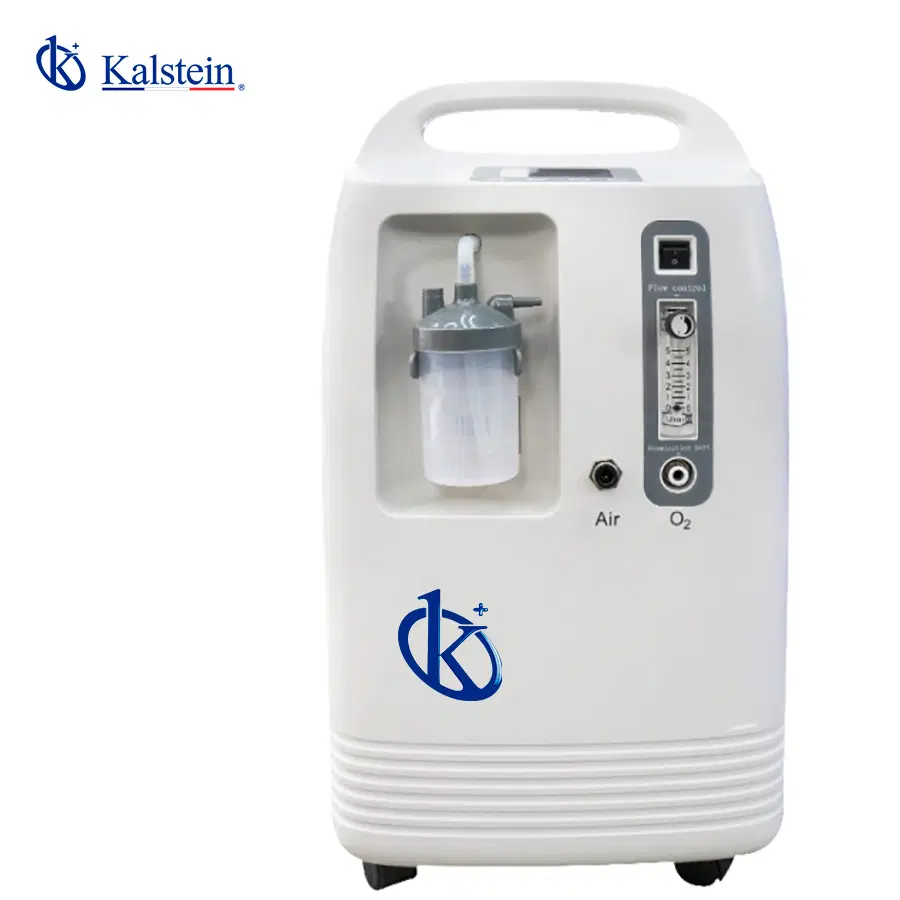In the world of modern medicine, stationary oxygen concentrators have become indispensable tools for improving the quality of life for patients with respiratory diseases. These devices not only offer a constant source of oxygen but are also at the forefront of various technological innovations and recent developments in medical equipment.
This article will explore the latest trends in stationary oxygen concentrators and how these devices align with these advances, thereby optimizing your respiratory health.
Are you yearning for top-tier medical equipment, ready to enhance the efficiency of your laboratory? Visit https://kalstein.de/category-product/medical-line/oxygen-concentrator/ to explore our high-end catalog, packed with the best finds at the most competitive prices. Excellence marks our brand, we innovate and manufacture high-precision equipment, both reliable and durable to meet your needs. Why wait? Make your quick and secure online purchase, take the leap towards the future of medical technology today. https://kalstein.de/
Innovations in Medical Equipment: The Future of Stationary Oxygen Concentrators
Innovations in medical equipment are revolutionizing the field of respiratory care, and the latest-generation stationary oxygen concentrators are no exception. These devices incorporate advanced technologies that enhance efficiency and ease of use. One of the most notable innovations is the integration of remote monitoring systems, allowing healthcare professionals to supervise oxygen levels and device status in real-time without constant patient visits.
Another key innovation is improved energy efficiency. New models are designed to consume less electricity while providing a consistent and reliable flow of oxygen. This not only reduces operational costs for users but also makes the devices more environmentally friendly. These innovations align with global trends towards sustainability and personalized healthcare.
Developments in Medical Devices: Enhancing Patient Quality of Life
Developments in medical devices have led to the creation of more compact and quieter oxygen concentrators. These new models are designed to be less intrusive in patients’ daily lives, allowing them to lead a more normal life without the constant reminder of their medical condition. The reduction in noise is especially important, as it provides a more peaceful and comfortable environment, thereby improving sleep quality and overall well-being.
Additionally, recent developments include the ability to automatically adjust oxygen levels according to the patient’s real-time needs. This responsiveness significantly enhances treatment efficacy, ensuring that patients receive the exact amount of oxygen they need at any given time. This adaptability is crucial for patients with fluctuating conditions, such as COPD (Chronic Obstructive Pulmonary Disease) or sleep apnea.
Trends in Personalized Respiratory Treatment
Personalized treatment is a growing trend in healthcare, and stationary oxygen concentrators are at the forefront of this evolution. Modern devices can be customized to meet the specific needs of each patient, with precise adjustments in oxygen levels and flow settings. This personalization ensures that each patient receives optimal treatment, thereby improving clinical outcomes.
Furthermore, the integration of mobile apps and advanced software allows patients and healthcare professionals to continuously track and adjust treatment. These digital tools provide valuable data on device usage and patient health, facilitating a more proactive and personalized approach to managing respiratory health. The ability to access this information in real-time empowers patients, making them active participants in their own care.
The Importance of Mobility in Stationary Devices
Although stationary oxygen concentrators are designed for home use, mobility remains an important feature. New models are equipped with wheels and ergonomic handles, making it easier to move them within the home. This is particularly useful for patients who need to move between different rooms without disconnecting the device. The ease of movement within the home can significantly improve the quality of life, allowing patients to maintain their independence.
Moreover, some stationary oxygen concentrators are designed for use in vehicles, providing a solution for patients who need to travel long distances. This flexibility is crucial for those who require continuous oxygen and cannot rely solely on portable oxygen cylinders. The ability to use the concentrator both at home and in the vehicle expands mobility and freedom for patients.
Sustainability and Energy Efficiency in Oxygen Concentrators
Sustainability is an increasing concern in the design of medical devices, and oxygen concentrators are no exception. Manufacturers are adopting more sustainable practices, using recyclable materials and reducing the energy consumption of the devices. New-generation oxygen concentrators are designed to be more energy-efficient, which not only reduces the carbon footprint but also lowers operational costs for users.
Additionally, the durability of these devices has significantly improved, reducing the need for frequent replacements and, consequently, the environmental impact. Advances in filtration technology also contribute to sustainability, extending the lifespan of filters and improving the quality of air supplied. These developments reflect an ongoing commitment to responsible innovation and sustainable healthcare.
The Integration of Technology in Respiratory Care
Technology plays a crucial role in the evolution of stationary oxygen concentrators. The integration of artificial intelligence and advanced algorithms allows for more precise and efficient management of oxygen supply. These systems can predict patient needs based on usage patterns and biometric data, automatically adjusting oxygen levels to optimize treatment.
Furthermore, wireless connectivity enables integration with other medical devices and health management systems, creating a fully connected care ecosystem. This interconnectivity facilitates coordination among different healthcare providers and ensures a holistic approach to patient treatment. The ability to access and share data in real-time improves decision-making and treatment efficacy, paving the way for a more integrated and efficient future in respiratory care.
Conclusion
Stationary oxygen concentrators have evolved significantly, incorporating innovations and developments that enhance the efficiency, personalization, and sustainability of respiratory treatment. These trends reflect a continuous commitment to improving patients’ quality of life and adapting to the changing needs of healthcare.
The integration of advanced technology and sustainable practices ensures that these devices will remain a vital solution for respiratory health in the future. With a focus on innovation and efficiency, stationary oxygen concentrators are poised to continue transforming the healthcare landscape.

